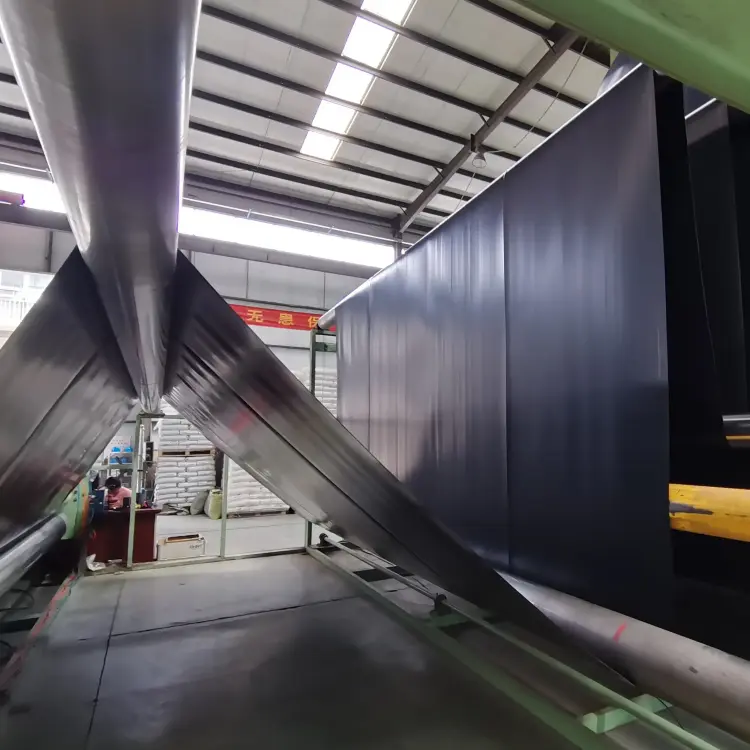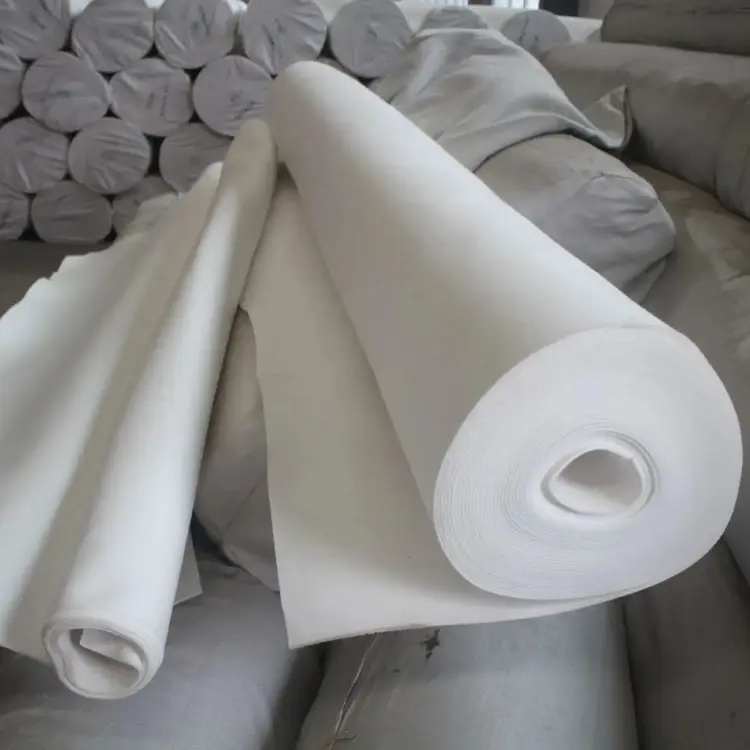I. Introduction
Geomembranes are synthetic materials widely used in civil and environmental engineering for impermeability, isolation, and protection. As essential components in water conservancy, environmental protection, transportation, and mining sectors, they have gained significant development opportunities amid growing global emphasis on environmental sustainability and infrastructure construction.
II. Industry Status
(1) Market Size
The global geomembrane market is projected to reach $3.339 billion in 2025, with a CAGR of 4.52% (2025-2032), expected to hit $4.55 billion by 2032. China’s market is rapidly expanding, accounting for a notable share of global sales.
(2) Applications
Key sectors include:
- Water Conservancy: Dam/reservoir seepage control
- Environmental Protection: Landfills & wastewater treatment plants
- Transportation: Road/railway subgrade isolation
- Mining: Tailings pond lining
- Agriculture: Irrigation system waterproofing.
(3) Production Technologies*
Primary methods: extrusion and calendering. Common materials:
- HDPE (High-Density Polyethylene)
- PVC (Polyvinyl Chloride)
Process optimizations have enhanced product performance.

III. Technological Advances
(1) High-Performance Materials
Innovations in LDPE geomembranes improve UV/weather resistance, while biodegradable variants emerge as R&D priorities.
(2) Smart Manufacturing
Automated production lines reduce defect rates and boost efficiency.
(3) Multifunctional Trends
Future developments may integrate self-healing, bio-degradable, and IoT-enabled monitoring features.
IV. Market Trends
(1) Demand Growth
Accelerated environmental projects (e.g., landfills, tailings) drive global adoption.
(2) Product Diversification
Climate-specific variants (arctic-grade/fire-resistant) will expand.
(3) Competitive Landscape
Market expansion intensifies competition, necessitating innovation.
V. Policy Environment
Governments enforce stricter environmental regulations, promoting geomembrane use in infrastructure and waste management.
VI. Challenges & Opportunities
(1) Challenges
- Crude oil-linked HDPE price volatility
- Technical gaps in smart production
- Market saturation risks.
(2) Opportunities
- Green infrastructure investments
- Advanced material R&D
- Emerging economy projects.
VII. Conclusion
The geomembrane industry is transitioning toward high-performance, intelligent, and multifunctional solutions, though raw material costs and competition require strategic innovation.

